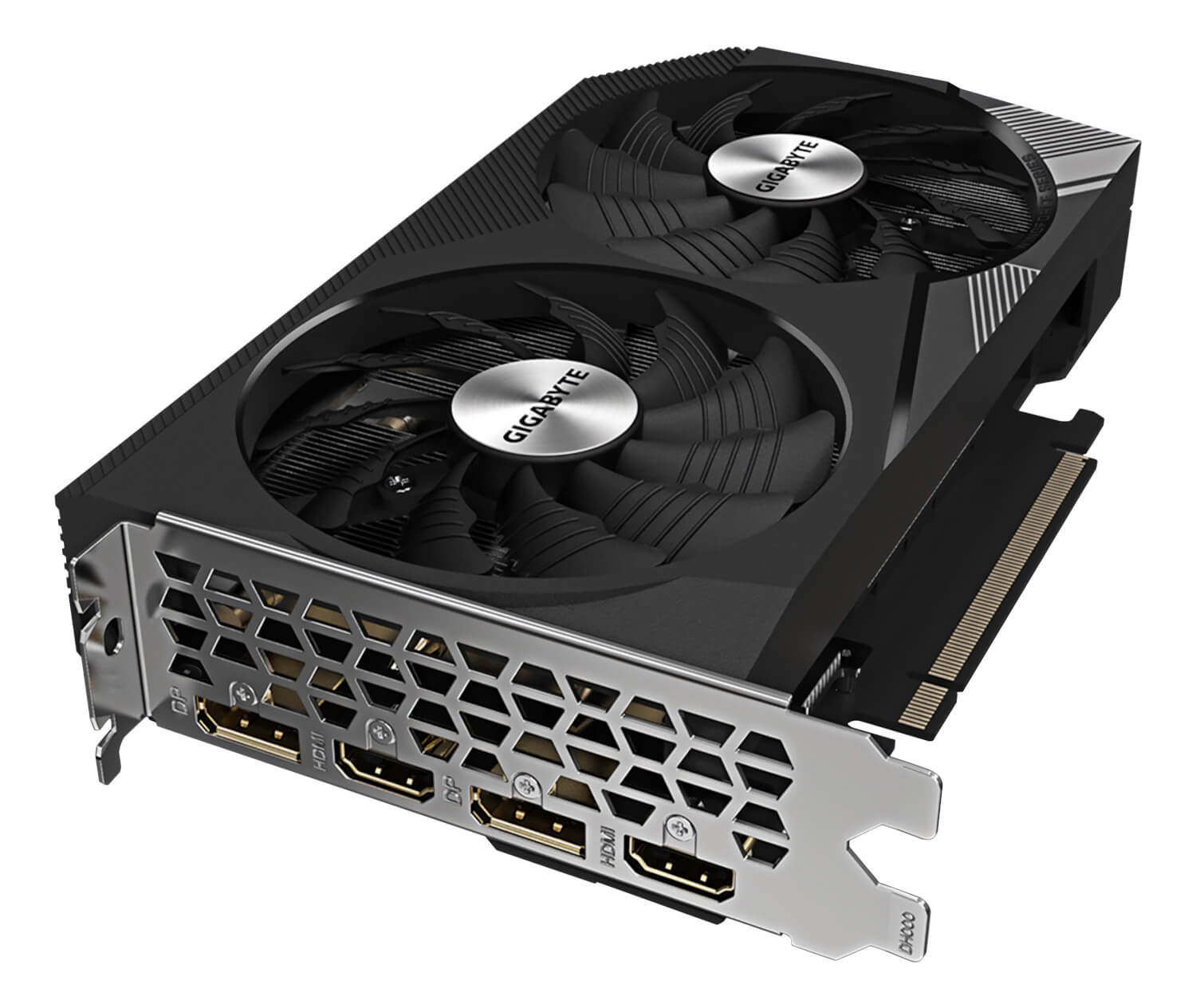Video Card
A video card is a hardware component responsible for rendering graphics and sending them to the computer's monitor. It includes a GPU, video memory, and at least one physical port for connecting an external monitor. A video card typically fits into a computer's PCIe x16 slot, although some low-end cards use an x8 slot instead. Not all computers have a discrete video card — some use CPUs with an integrated GPU and include a port for the monitor on the motherboard's I/O panel.
The GPU on a video card is responsible for drawing a computer's graphics, both 2D and 3D. Its memory, or VRAM, stores temporary graphics-related data, including the frame buffer, textures, and other visual assets that the GPU needs quick access to. A video card often includes dedicated cooling for the GPU, like a heat sink and fan, that takes up enough space so that the video card occupies two expansion slots. Some video cards require more power than the PCIe slot can provide and connect directly to the computer's power supply. Finally, a video card includes at least one physical port to send a video signal to a monitor — typically HDMI or DisplayPort. Many video cards have multiple ports to connect to several monitors at once.
While many people think that upgrading a video card is only for improving a computer's 3D graphics in video games, a new video card can improve 2D performance as well. For example, upgrading from an integrated GPU to a discrete video card can improve performance by adding dedicated VRAM, freeing up system RAM for other uses. New GPUs can also add hardware decoding support for new video codecs, enabling smooth video playback at high resolutions like 4K without straining the CPU.

 Test Your Knowledge
Test Your Knowledge